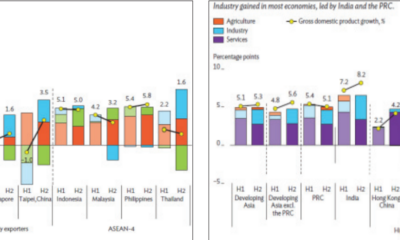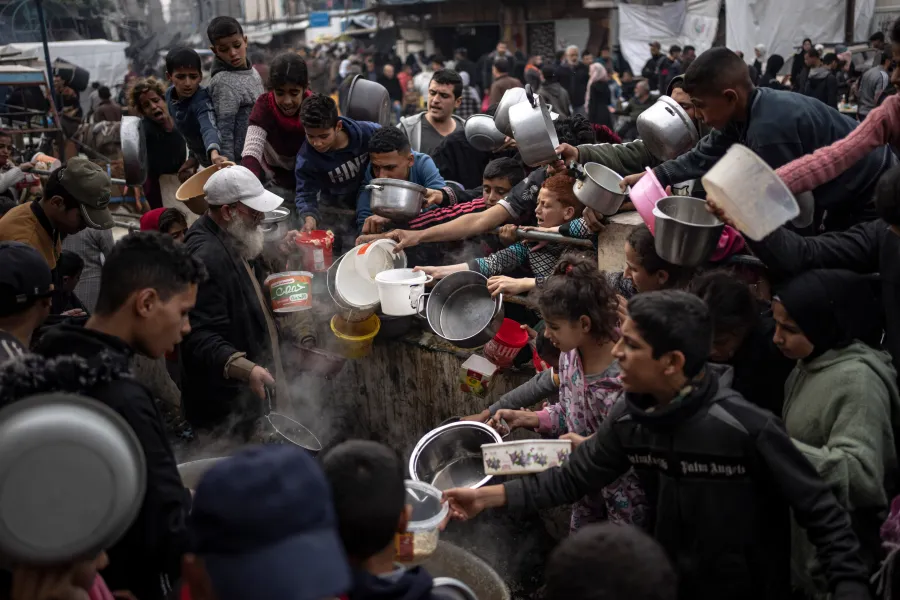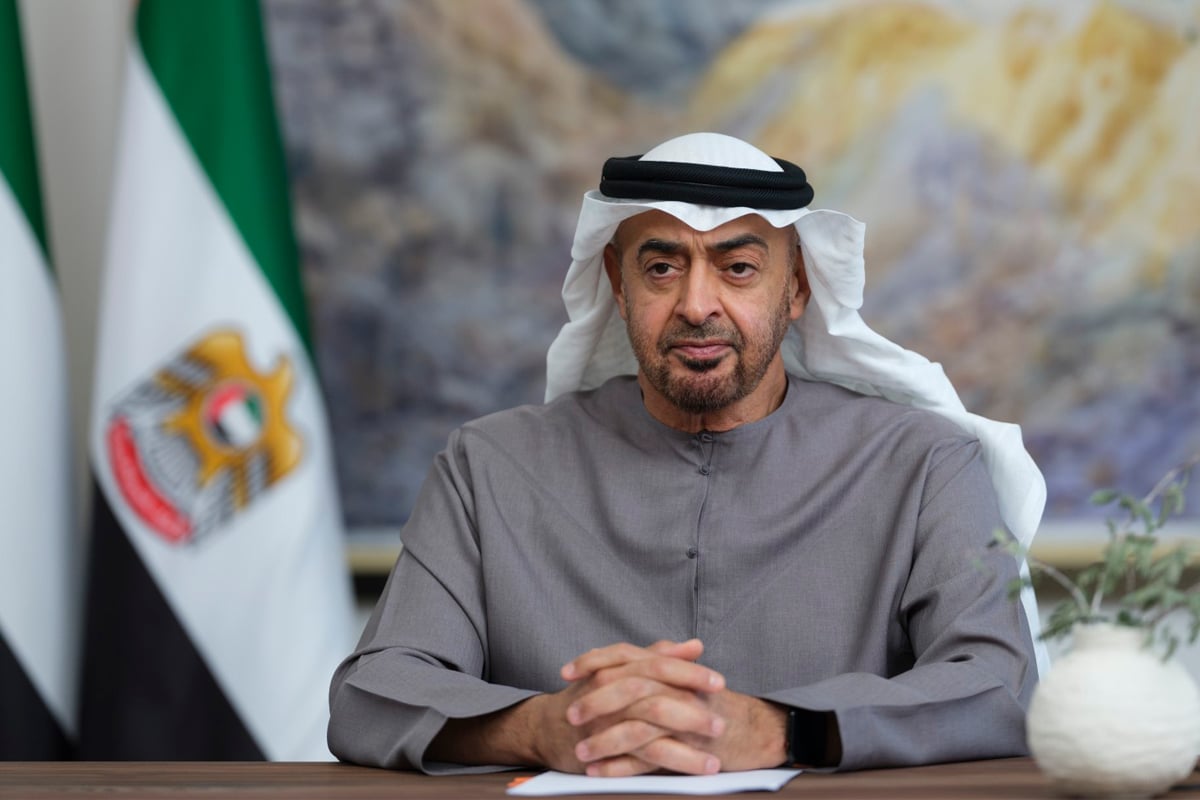International Affairs
Japan’s plan to sell future next-gen jets internationally

The Daily Guardian is now on Telegram. Click here to join our channel (@thedailyguardian) and stay updated with the latest headlines.
For the latest news Download The Daily Guardian App.
Business
Dubai flight disruptions to impact over 10,000 Indian passengers until Sunday
International Affairs
UN CALLS FOR $2.8 BILLION TO ASSIST 3 MILLION PALESTINIANS IN NEED OF FOOD AND AID
Business
UK Economy shows 0.1% growth in February, indicating recession rebound
Trade
India seeks faster process, Peru calls for flexibility, pragmatism
International Affairs
UAE commits $15 mm to ‘Amalthea Fund’ for Gaza relief
International Affairs
‘Birds of Goodness’ Airdrop delivers record aid to Northern Gaza
-

 Opinion2 years ago
Opinion2 years agoPakistan-China nexus trying to sow doubts in Indian society about governance systems
-

 Fashion7 years ago
Fashion7 years agoThese ’90s fashion trends are making a comeback in 2017
-

 Entertainment7 years ago
Entertainment7 years agoThe old and New Edition cast comes together to perform
-

 Entertainment7 years ago
Entertainment7 years agoThe final 6 ‘Game of Thrones’ episodes might feel like a full season
-

 Opinion2 years ago
Opinion2 years agoEnvironment day with a missing spring and lost souls
-

 Business News2 years ago
Business News2 years agoIndia Becomes World’s 5th Biggest Economy
-

 Policy&Politics2 years ago
Policy&Politics2 years agoA successful SME must understand his 5 wives
-

 Business News2 years ago
Business News2 years ago‘75K STARTUPS DEFINE THE POWER OF INNOVATION’





















